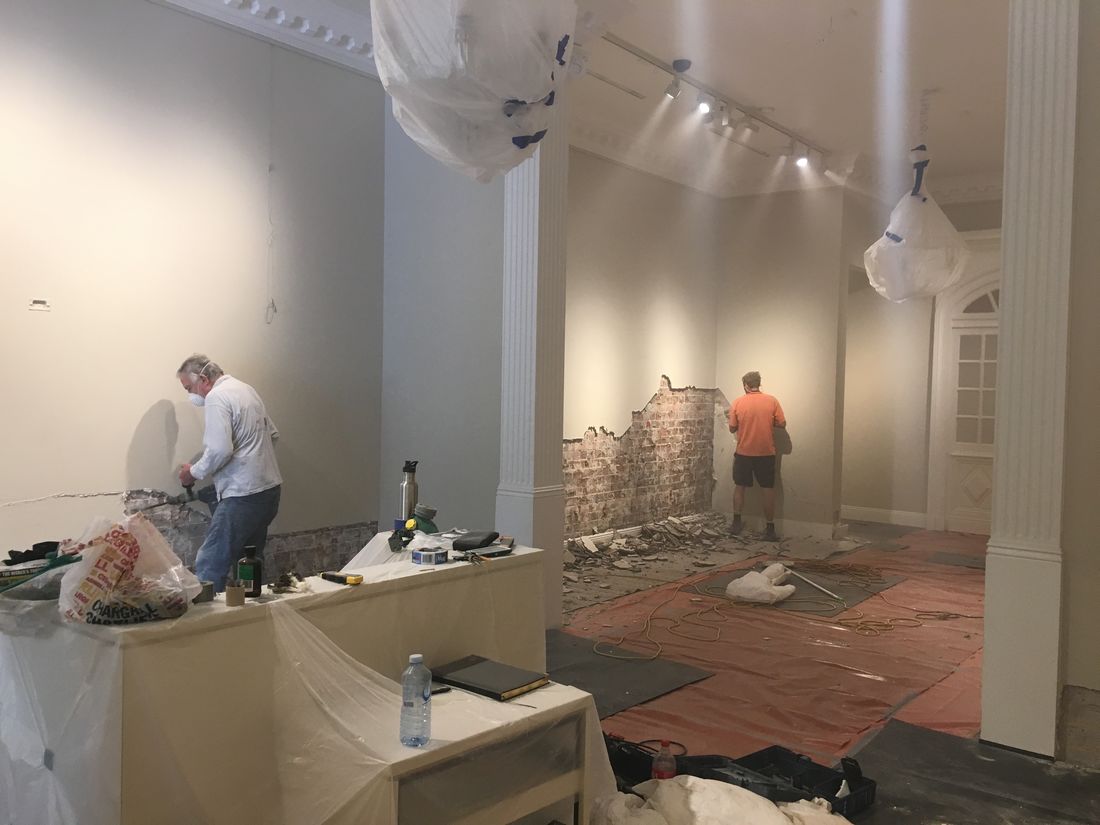What Is Rising Damp?
If you've noticed paint bubbling, walls feeling damp to the touch, or a musty smell that won�t go away�there�s a good chance rising damp could be to blame. It�s something many older Sydney homes deal with, especially those without proper waterproofing in place.
Rising damp happens when moisture from the ground slowly creeps up into the brickwork or walls. It�s like a sponge soaking up water�and your home pays the price.
Even though we�re based in Perth, here at Combined Damp Solutions, we�ve seen how rising damp causes headaches for homeowners right across the country. Sydney is no exception.
Why Is Sydney So Prone to Rising Damp?
Sydney�s mix of heritage buildings, clay-heavy soil, and coastal climate creates the perfect storm for damp problems. Some of the most common reasons we see rising damp include:
1. No Damp-Proof Barrier
Many older homes were built without a proper damp-proof course, or the one that�s there has worn out over time. Without that barrier, ground moisture has a direct path into your walls.
2. Poor Ventilation Under the House
If the subfloor doesn�t get enough airflow, moisture gets trapped underneath. Over time, that trapped humidity feeds into the structure of the house and rises up through the walls.
3. Too Much Water Around the Home
Blocked gutters, sloping yards, or bad drainage can cause water to pool around your foundations. That extra moisture makes rising damp even worse.
The Damage Rising Damp Can Do
Rising damp isn�t just ugly�it can cause real, lasting damage if ignored. Here�s what we typically see:
Structural Problems
When moisture sits in brickwork or plaster for too long, it can start breaking things down. Mortar crumbles, paint peels, and eventually, you might find your home needs costly repairs just to stay safe.
Mould and Health Concerns
Damp conditions are perfect for mould to grow�and that�s bad news for your health. It can trigger asthma, allergies, and breathing problems, especially in kids or older people.
Lower Property Value
A home with visible signs of damp is hard to sell. Buyers will either walk away or negotiate hard. It�s not just a cosmetic issue�it can hit your property�s value.
What Actually Fixes Rising Damp?
Covering up damp spots with new paint or plaster won�t do the trick. You need to get to the root of the issue. Here�s what works:
Chemical Damp-Proofing
One of the best ways to fix rising damp is by installing a chemical damp-proof course. We inject a special water-repelling solution into the wall, which forms a long-lasting barrier to stop moisture from rising. It�s clean, quick, and effective.
Subfloor Ventilation
Improving ventilation under your house helps keep things dry. Installing vents or fans can make a big difference�especially in areas with poor natural airflow.
Fixing Drainage Issues
Sometimes the cause is outside. Making sure water drains away from your home (not toward it) is crucial. That might mean clearing gutters, installing ag drains, or fixing sloped areas in the yard.
Is It Preventable?
Yes. Staying on top of moisture around your home is the best way to prevent rising damp. Regular inspections, good drainage, and proper ventilation all play a part. And if you�re renovating or building? Get damp-proofing sorted early�it�ll save you headaches later.
Need Expert Advice?
At Combined Damp Solutions, we know damp. Whether you�re dealing with rising damp, salt damage, mould, or just not sure what�s going on�we�re here to help.
We�re based in Perth, but our solutions apply right across Australia. If you live in a damp-prone area like Sydney and want long-term results, get in touch with us for honest advice and proven treatments.


